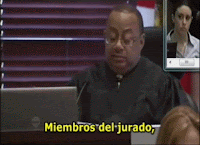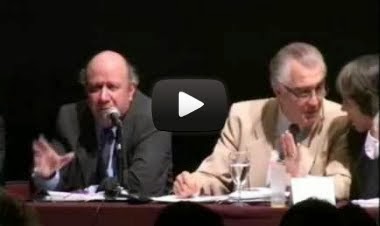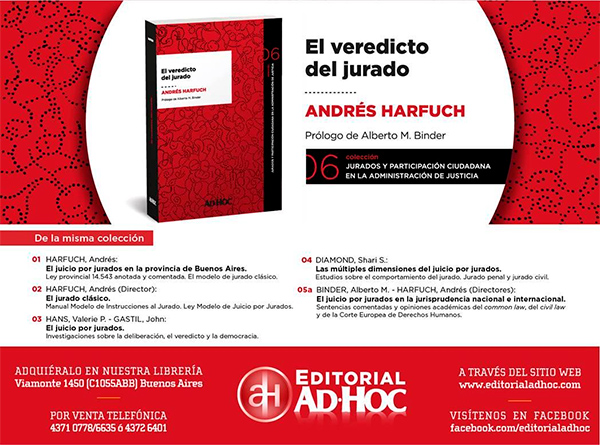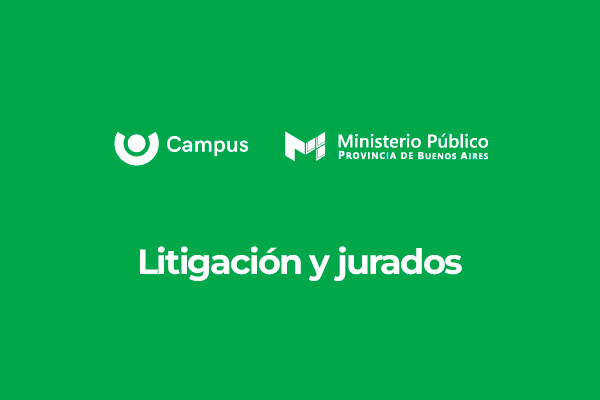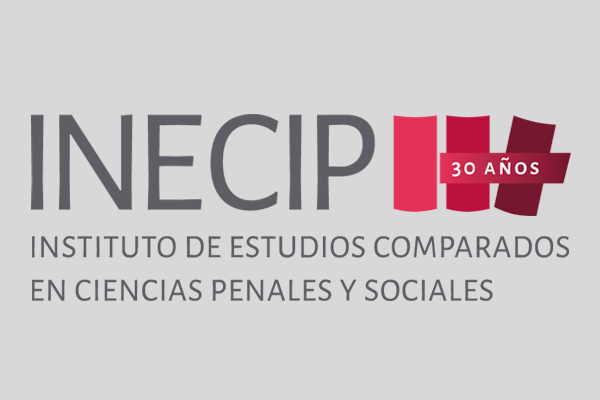 |
| The Court |
These guarantees are, among others:
1) a voir dire with peremptory challenges and challenges for cause to enlist an impartial jury.
2) a judge who rules which evidence is admisible or not.
3) an adversarial litigation that allows a complete control of the parties on trial (prosecution and defense).
4) judge’s instructions on the law.
5) the judge´s power to enter a directed verdict of accquital or to to order a new trial when the jury´s guilty verdict is unreasonable.
6) the polling of the jury, to individually check the effective existence of a unanimous verdict.
We are particularly proud of the fact that all the Argentine jury laws have been quoted several times by the IACHR as exemplary models of the proper functioning of the jury system.
For example, the Court compares the laws of juries of the US with that of the province of Chaco, to show one of the many mechanisms that exists to avoid the arbitrariness of the verdict (polling of the jury).
Or quotes from the IAHCR on the jury laws in Neuquén, Río Negro and Chaco, which require mandatory gender equality in each jury and special indigenous juries when the accused is indigenous.
Or the Cordoba law, which provides special training courses for citizens, and potentially for jurors in the future.
In this particular case, Nicaragua was severely warned by the IACHR for many reasons, one of which being because its classic jury system did not provide mandatory instructions on the law from the judge to the jury. Therefore, its jury system could not be recognized as due process by international human rights law.
Another reason to discount this verdict was the existence of bribes (in the video the defense attorney is seen carrying a bag – apparently full of money – to the trial judge). Although the verdict is final in Argentina and many other American countries, the only way to override a not guilty verdict is for the prosecutors to prove that the jurors have received bribes.
A corrupt verdict such as this does not come from an impartial tribunal or creates a jeopardy for the accused.
The ruling bears the signatures of judges Eduardo Ferrer Mac-Gregor Poisot (Mexico), Humberto A. Sierra Porto (Colombia), Elizabeth Odio Benito (Costa Rica), Patricio Pazmiño Freire (Ecuador) and Eugenio Raúl Zaffaroni (Argentina).
It is appropriate to transcribe the most important fragments about the jury system:
1) 219. The drafters of the American Convention of Human Rights did not have a specific criminal procedure in mind. So, the judicial guarantees apply to both bench trial and trial by jury.
2) 222. The jury trial has also been conceived as a way to restore societal trust in the judicial system, as a form of democratization and bringing the justice system closer to the community, by providing it a fundamental role. Specifically, in those crimes sensitive to public order.
3) 224. Historically and traditionally, juries have never been required to provide reasons for their verdicts.
4) 245. The Court notes that a special hearing is the the main procedure in which bias or misconduct can be challenged, which is called voir dire in the Anglo-Saxon system.
5) 258. The Court holds that the lack of a requirement for the reasons behind a verdict does not imply per se a violation of Article 8.1 of the American Convention.
Read the full case (especially from section 204 onwards): soon the English version

